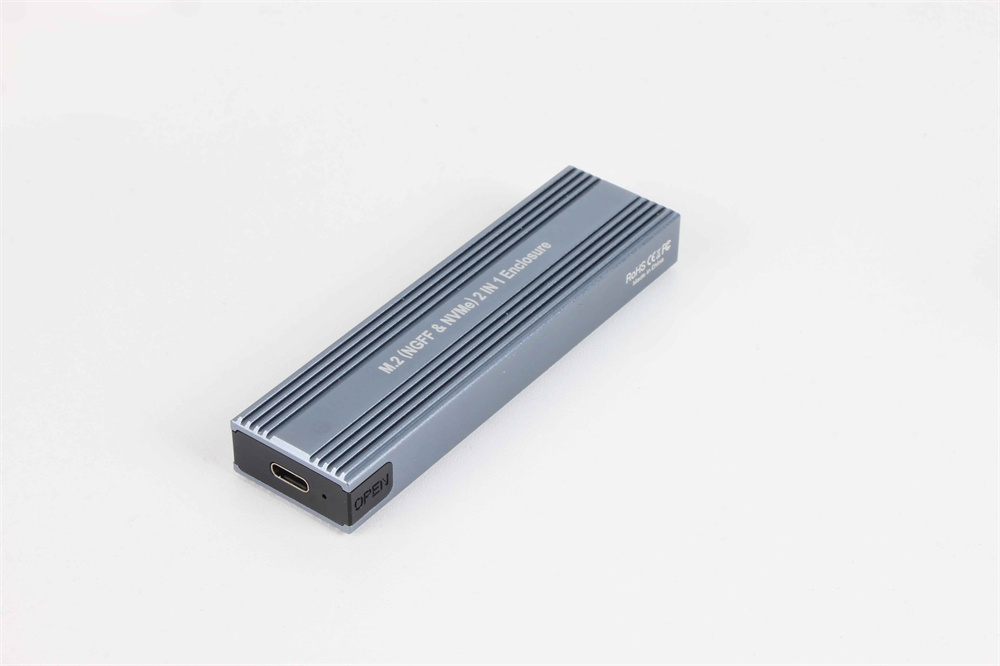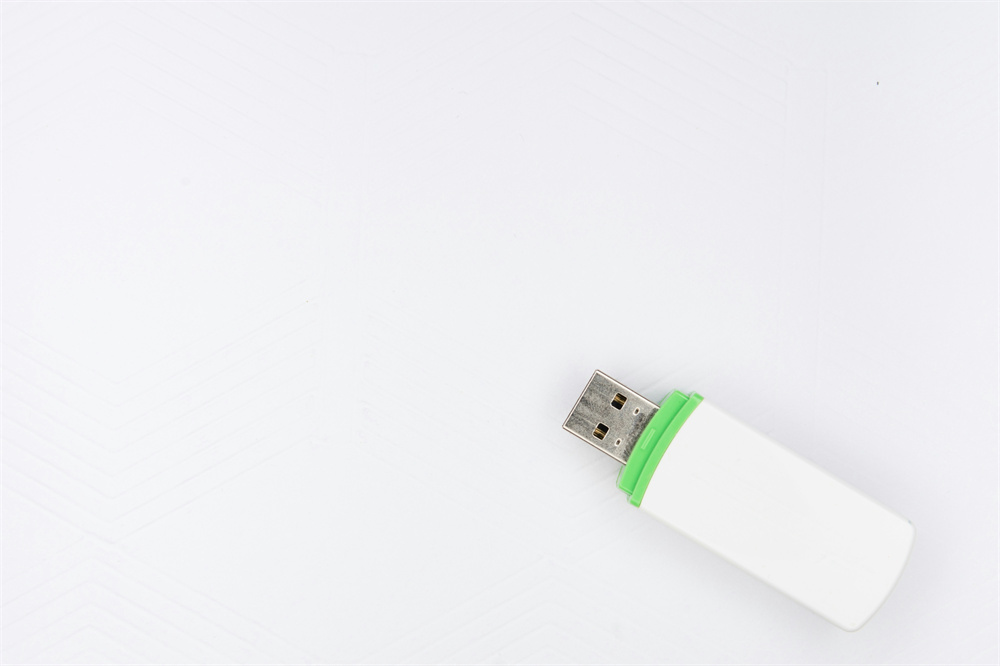The explosion of 4K video editing, cloud gaming, and remote work has transformed portable storage from a simple file-transfer tool into a mission-critical asset. While USB flash drives remain popular for casual use, portable SSDs have emerged as the go-to solution for professionals who demand speed, reliability, and versatility.
Consider this:
The average file size for creative projects will reach 500GB by 2025 (Source: DataAge 2025 Report).
78% of remote workers now rely on external storage for software like AutoCAD or Premiere Pro (Source: FlexOS 2024 Survey).
Let’s explore why SSDs are outpacing USB drives—and how to choose the right tool for your workflow.

Speed: SSDs Redefine Productivity
The Technology Gap
Portable SSDs: Use NVMe (PCIe 4.0/5.0) or SATA III interfaces.
Example: NVMe SSD hits 2,000 MB/s—20x faster than a basic USB 3.0 drive.
USB Flash Drives: Limited by USB 3.2 Gen 1 (5 Gbps) or older standards.
Real-World Impact
Task | Portable SSD Time | USB 3.0 Drive Time |
Transfer 100GB 4K video | 1.5 minutes | 90 minutes |
Boot Windows 11 | 12 seconds | 4 minutes |
Case Study: A video editor switching to an SSD reduced rendering times by 68%, saving 11 hours/month (Source: Puget Systems Benchmark).
Program Execution: SSDs Handle Heavy Lifting
Why IOPS Matter
SSDs: Deliver 100,000+ IOPS (vs. USB’s 1,000 IOPS), crucial for:
Virtual Machines: Run Linux VMs with near-native performance.
Gaming: Load AAA titles like Cyberpunk 2077 3x faster.
USB Drives: Choke on random reads/writes, causing lag in apps like Blender or MATLAB.
Bootable Drives: A Developer’s Dream
SSD: Hosts a full Windows 11-to-Go setup with Visual Studio, booting in 15 seconds.
USB Drive: Struggles with basic Kali Linux tools, often freezing during penetration tests.
Pro Tip: Use SSDs for Docker containers or portable game libraries (Steam, Epic Games).
Storage Capacity: SSDs Scale with Your Ambitions
The 4K/8K Workflow Challenge
Portable SSDs: Offer up to 8TB (e.g., SanDisk Pro G60), storing:
800 hours of 4K ProRes RAW footage.
200,000 RAW photos from a Canon R5.
USB Drives: Max out at 2TB (rare and expensive), barely enough for a single 8K film project.
Cost Efficiency Over Time
Storage Type | 1TB Price | Warranty | Lifespan (TBW) |
Portable SSD | $75 | 5 years | 1,200 TBW |
High-End USB | $130 | 1 year | 150 TBW |
TBW (Terabytes Written): SSDs last 8x longer under heavy workloads.
Durability: SSDs Survive the Real World
Military-Grade Testing
Leading SSDs are tested against:
Drops: 4 meters onto concrete.
Water: IP67 rating (30 minutes submerged).
Pressure: 2,000 lbs crush resistance.
USB Drives: Fail 43% of stress tests involving bending or moisture (Source: StorageReview).
Heat Management
SSDs: Sustain 70°C temps during 4K editing.
USB Drives: Overheat at 45°C, throttling speeds by 80%.
Data Reliability: SSDs Protect Your Work
Enterprise-Grade Features
ECC Memory: Corrects bit errors in real-time (critical for financial data or legal docs).
AES 256-bit Encryption: Hardware-level security in drives.
USB Drive Risks:
1 in 5 fail within 2 years of moderate use (Backblaze 2024 Report).
Limited error recovery increases corruption risks.
Long-Term Storage: SSDs for Active Archives
Wear-Leveling in Action
SSDs distribute writes evenly across cells, preventing "dead zones." Example:
A 2TB SSD writes 500GB daily for 6.5 years before wear-out.
A USB drive degrades after 6 months of similar use.
Cold Storage Tip: Use USB drives for read-only backups (e.g., family photos).
When a USB Drive Still Makes Sense
Niche Use Cases
Embedded Systems: Update firmware on routers or medical devices.
Bootable Utilities: Hirens BootCD for PC repairs.
Promotional Use: Cheap branded drives for marketing campaigns.

Future Trends: What’s Next for Portable Storage
USB4 v2.0: Up to 80 Gbps speeds.
QLC SSDs: 8TB drives under $200 by 2026.
Self-Encrypting Drives (SEDs): FIPS 140-2 compliance for enterprises.
How to Choose: Decision Checklist
Choose a Portable SSD If You Need:
Speeds over 500 MB/s.
To run software or VMs.
1TB+ capacity.
Military-grade durability.
Choose a USB Drive If You Need:
Under $20 storage.
Disposable file sharing.
Ultra-compact size.
Endnote
Portable SSDs aren’t just a storage device but a productivity multiplier for anyone working with large files or demanding software. While USB drives retain a role in lightweight tasks, SSDs deliver unparalleled performance for:
Creators: Edit 8K videos anywhere.
IT Teams: Deploy portable OS environments.
Gamers: Build a console-quality library on the go.
Tag:SSD,USB




